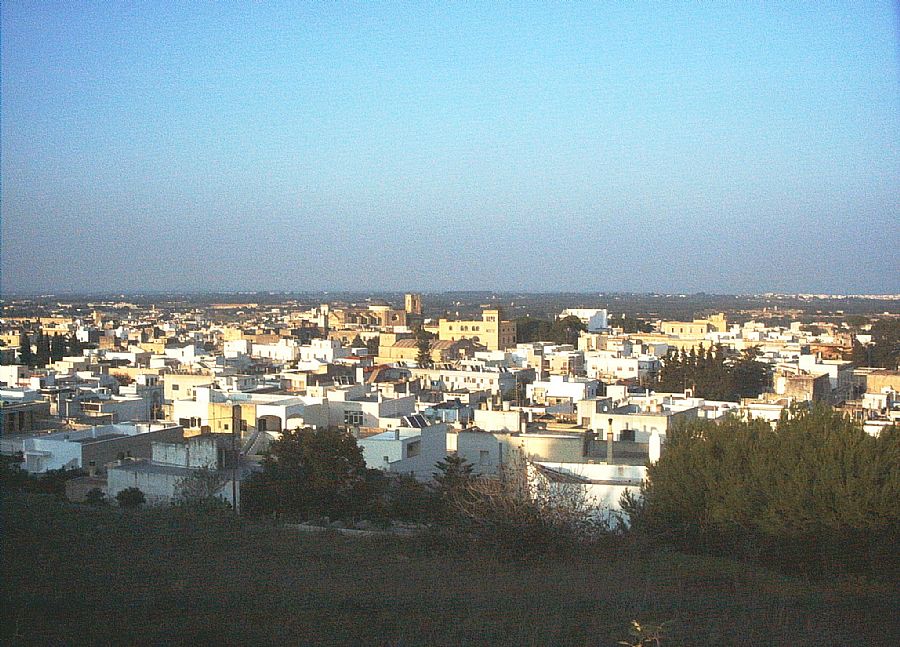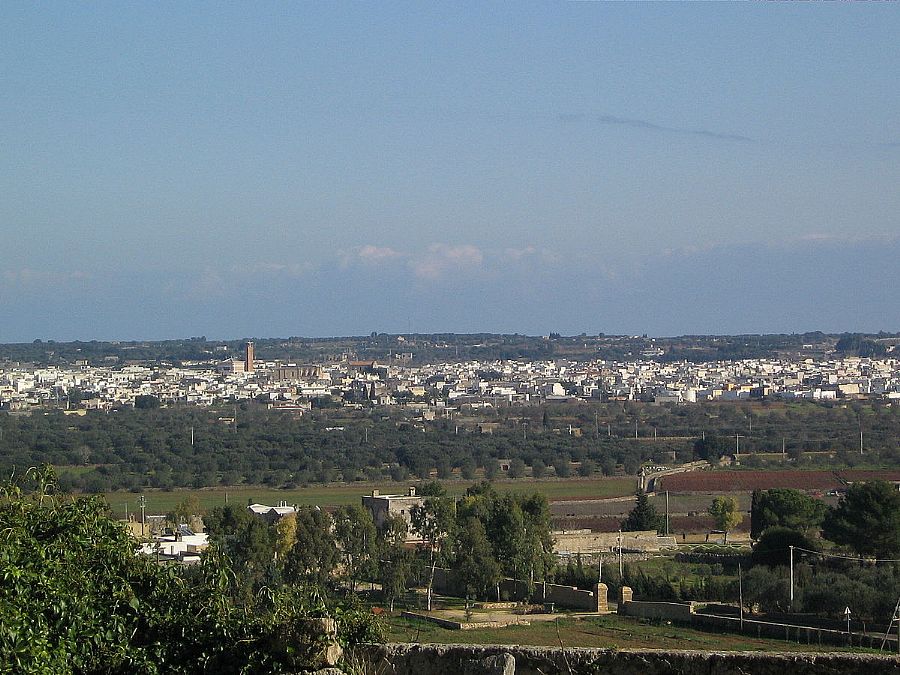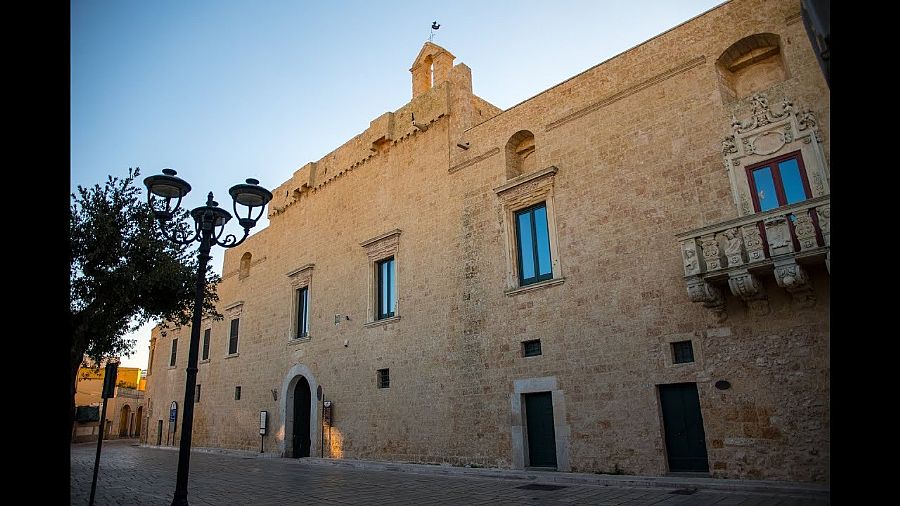Alessano

Alessano may look like a remote outpost on the map, but up close you'll find imposing palaces and decorated churches that show it was once an important center in the southern Salento area. Located near Tricase and Tiggiano, it is just a few kilometers to the Adriatic coast and only about ten kilometers to Santa Maria di Leuca, at Puglia's point. There ancient settlements here, as rupestrian finds illustrated, but it was Normans who developed the town and gave it a prominent role in the Leuca territory. It was a county capital under the Angevins, and flourished in the Renaissance period when many noble families were here, making it an important commerce center. There were noble Neapolitans, rich Venetians and a small Jewish community here; the Via della Giudeca remains as a witness, but the synagogue and original buildings have long been gone, replaced by modern homes. The nearby castle-town of Montesardo is part of the Comune di Alessano.
The palaces around town show how well-off Alessano was: Palazzo Ducale, or the ducal palace, built in the 1400s by the Del Balzo family and passing in inheritance to the Capua and Gonzaga families; now it is a lovely location for events, weddings and concerts. Palazzo Sangiovanni was built in the Renaissance and is the most distinct of the town's palazzi, with its unique stone diamond-studded facade. Palazzo Legari, also Renaissance, has a cloister-like courtyard and houses the library and the pro loco (local activities organization); step in to see the ambiance.
Around town there are several churches. The main church, San Salvatore, was built in the 1700s, replacing an older Romanesque structure that was torn down by orders of the bishop to build the new church. It took nearly a century, and was dedicated in 1845. It has a simple neoclassical facade. The chapel of San Giuseppe is from the 17th century and was recently reopened after years of abandonment. It has a cross-vault ceiling and some beautiful paintings inside. The church of Sant'Antonio da Padova has an adjacent monastery, part of the Franciscan order.
Outside town is an ancient settlement called Macurano, where Basilian monks once settled. There are interesting remains of an olive oil operation, water canals, agricultural village. All around the countryside are olive trees and pajare, small circular stone structures, as well as macchia scrubs.
While you're here taste the handmade sagne pasta, a short, thick strand served with tomato sauce and cacioricotta cheese (yum). The massa e ciciri is the dialect way of saying pasta with chickpeas. (Also yum.) And summer's bounty makes the vegetarian ficando' with sweet peppers and tomatoes (swoon).
Explore handpicked holiday lettings in Puglia.

 Amalfi Coast
Amalfi Coast Sorrento Coast
Sorrento Coast Tuscany
Tuscany Cilento National Park
Cilento National Park Lake Como
Lake Como Rome and Latium
Rome and Latium Umbria
Umbria Capri and Ischia
Capri and Ischia Venice
Venice Puglia (Apulia)
Puglia (Apulia) Liguria
Liguria Sicily
Sicily Lake Maggiore
Lake Maggiore Lombardy
Lombardy Sardinia
Sardinia Lake Garda
Lake Garda Abruzzo and Marche
Abruzzo and Marche Calabria
Calabria

